| |

By Ian Cushway, 23rd April 2019
What’s that noise?
Tips on how to trace irritating rattles, bangs and wallops in your car
Part of the pleasure of driving a classic is soaking up the atmosphere of your surroundings; the wind through your hair, the rasp of a tuned exhaust and the delicate smell of leather, possibly mingled with a soupçon of warm engine oil. There will always be the occasional rattle, of course, but a constant din will spoil things when you are out for a drive while, more alarmingly, other noises can indicate something’s wrong or badly worn.
Tracing noises isn’t always that straightforward, especially if you are being drowned out by a cacophony of different creaks and groans – a single noise is much easier to source and address. If you are struggling to find out where the unwanted sound is coming from, get someone to listen out while you drive so you don’t get distracted. Some noises will be relatively easy to fix, especially if it’s a missing trim fitting or if something’s simply come loose. Others will point to maladjustment or wear and might necessitate further investigations and the services of a workshop. Here’s a few tips on what to listen out for the next time you take to the open road in your classic…
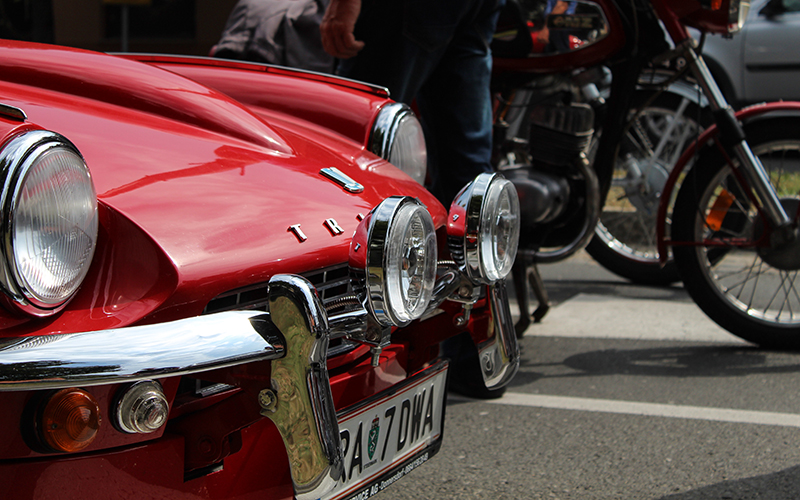
Credit: Photo by Nikola Treći on Unsplash
Bum steer
There’s a good chance that groans and knocks from the front of the car will be from the steering or suspension. A broken coil spring isn’t easy to spot, but if you hear a clunk as you mount a lowered kerb, then it’s worth further investigation. Track rod ends produce a more delicate sound, accompanied by play in the steering. Turn from lock to lock while stationary and listen out. A heavy thud could be the shock absorbers, although it’s worth checking the top and bottom mounts before swapping them for new units. Balljoints and kingpin set-ups can also knock when worn. Still at the front, a metallic scraping that gets worse when braking is likely to be worn out brake pads on a car with discs. Meanwhile, a rattle on a disc brake arrangement might mean the wire clips holding the pads in place have broken or been wrongly fitted. A constant hum is most likely a past-its-best wheel bearing.
Rattle and roll
If you notice a rattle outside (at low speeds with the windows down, most likely) then systematically go around the car and check bumpers, grilles and other fittings and fixtures, tightening up any lose bolts that you find. Some wind noise is expected on older cars, but if it’s excessive suspect badly aligned doors and worn or missing trim. Replacement rubber seals to cut down the noise are usually readily available.
Exhausting stuff
A loose exhaust system is often to blame for heavy knocking underneath, usually when driving over speed humps or when pulling away. Here, you’ll need to get the car up on sturdy axle stands and check that all the rubber hangers are in place and that the exhaust is routed properly. It might be a case of slackening off clamps, rotating certain sections, then tightening everything up again. A muffled blowing might be a holed exhaust manifold or a broken stud causing a leak of exhaust gases. You’ll need to get access to replace the manifold, fit a new gasket and machine out the old stud if necessary.
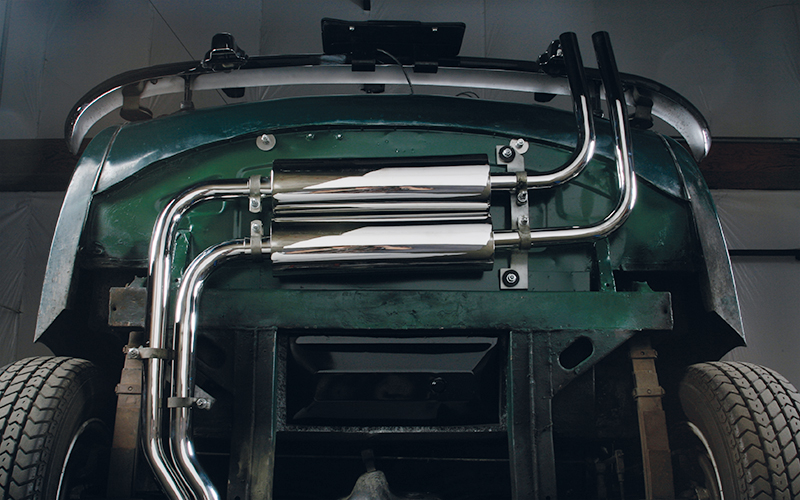
Credit: Photo by Moss Europe
Engine noises
Diagnosing specific engine/gearbox noises is a subject that deserves a blog in its own right, but common culprits include rattly tappets that are stuck or need adjusting, worn timing chains, exhausts that pop due to carburation or ignition timing issues, crankshaft bearing noise and piston slap on high mileage engines. Additionally, when the rubber mounts that hold the engine/transmission in place wear, you’ll get a knock – especially when coming on and off the clutch – as well as vibration through the bodyshell that can be miserable on a long drive. Most mounts are generally pretty straightforward to replace, so there’s no excuse for putting up with it.
Fitting comfortably?
Doors, boots, bonnets and tailgates can thump and bang over rough road surfaces if they’re not aligned, the striker plates don’t hold them tightly against the seals or the rubber seals are missing or perished. Most of this can easily be cured with a little careful adjustment or by replacing the worn parts. People often remove doorcards to fit speakers or sort broken window winder mechanisms, and when they do, the fittings often get lost or broken. If the trim is not properly secured, it will rattle. Rods and cables in the door can also make a din if they’re allowed to make contact with the door frame. Use cable ties to keep them in place and insert pieces of foam or felt to prevent direct metal on metal contact.
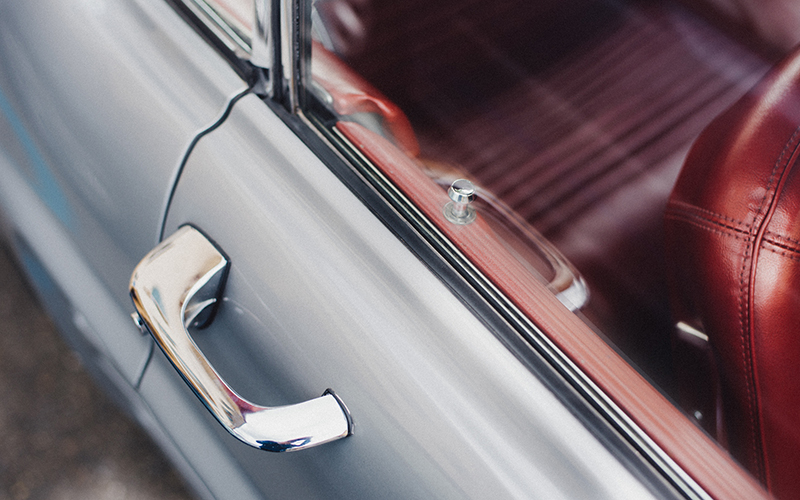
Credit: Photo by Timothee Magli on Unsplash
Dash it!
Dashboards can flex, and when they do the instrument panel can vibrate. Once you’ve worked out where it’s coming from, insert tiny bits of folded electrical tape or foam in between any gaps to stop it. The fittings securing the dash may have come loose, so check their tightness too. A sound from behind the dash that resembles a trapped moth against a window is likely to be untethered wiring. Again, cable ties or electrical tape can help restore the silence. Bits and pieces in door pockets, glove boxes and centre consoles can spoil a long journey. Make a point, therefore, of having regular clear outs – keeping only the essentials in the car.
Tie it down
Tools in the boot can cause a racket if it’s at liberty to rattle or be thrown about while cornering. Try to avoid the temptation of using your luggage compartment as a storage place to keep junk, and if you carry a toolkit or spares in the boot, tie them down with elastic straps or pack them tightly together so they don’t move. An easy solution is to cover them with a heavy rug to absorb the vibration.
Spending a little time sourcing and eliminating unwanted sounds will make every journey that little bit more relaxed. And if you’re using your classic regularly, that can make an awful lot of difference…
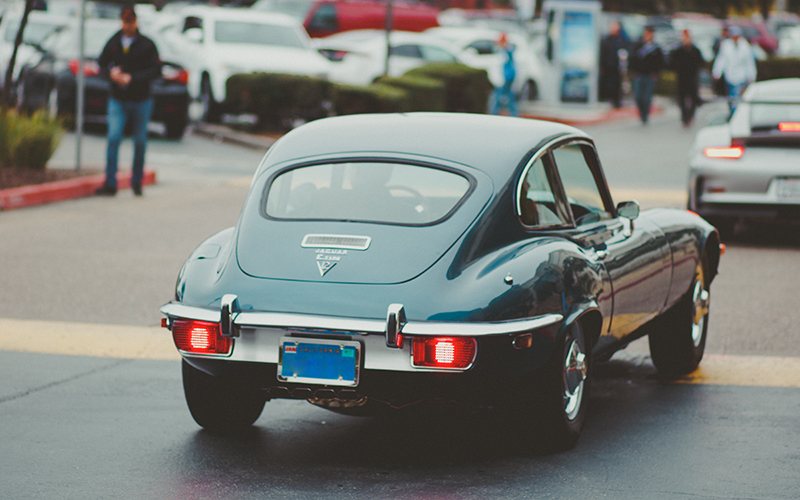
Credit: Photo by Caleb Woods on Unsplash

Keep up with all the latest from Moss on our social pages
|
|




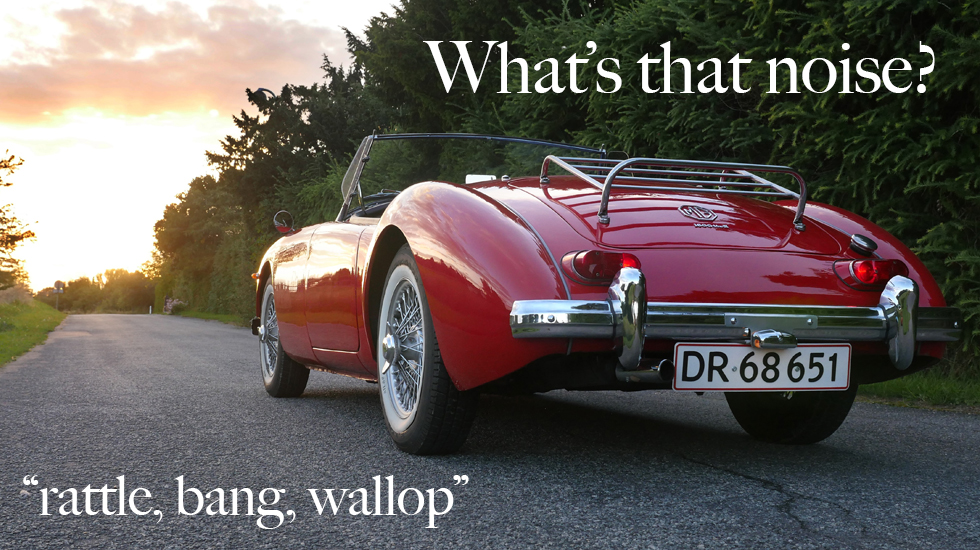







